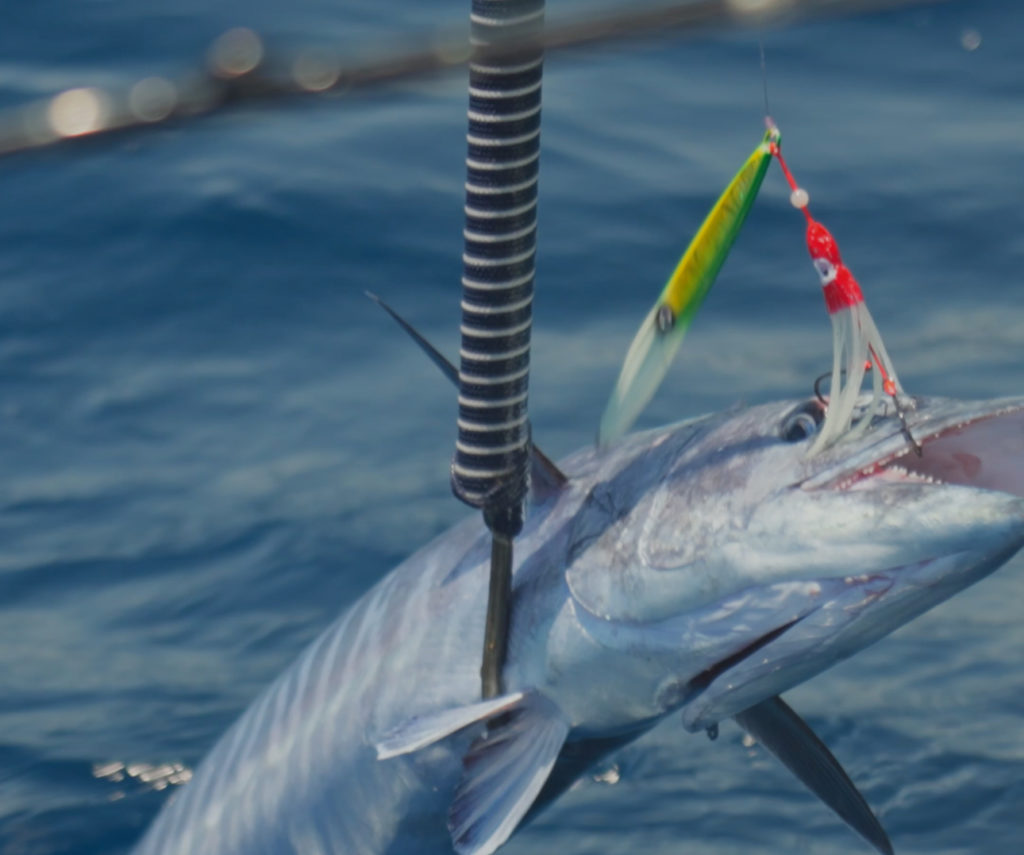Mastering the Art of Slow Pitch Jigging: A Comprehensive Guide
Slow pitch jigging has revolutionized the world of fishing, offering anglers a unique and highly effective technique for targeting a variety of species. This method, originating in Japan, involves using specialized jigs and a rhythmic, slow-motion technique to entice fish to strike. In this guide, we’ll delve into the details of slow pitch jigging, from the equipment you’ll need to the best practices for success.
Understanding Slow Pitch Jigging
Slow pitch jigging is a technique that involves using a slow, rhythmic motion to work the jig through the water column. Unlike traditional jigging, which relies on quick, sharp movements, slow pitch jigging is all about finesse and control. Anglers use a slow, upward motion to lift the jig off the bottom, followed by a controlled descent back down. This slow, deliberate action mimics the movements of a wounded or struggling baitfish, making it irresistible to predatory fish.
Essential Equipment for Slow Pitch Jigging
To get started with slow pitch jigging, you’ll need the right equipment. Here’s a basic rundown of what you’ll need:
- Rod: A slow pitch jigging rod is essential for this technique. These rods are designed to be flexible and responsive, allowing you to impart the slow, rhythmic motion needed for success. Look for a rod that is around 6 to 7 feet in length, with a light to medium-light power rating.
- Reel: Pair your rod with a high-quality reel that has a smooth drag system. A slow-speed, high-torque reel is ideal for slow pitch jigging, as it allows you to control the jig’s movement with precision.
- Jigs: Slow pitch jigs come in a variety of shapes, sizes, and colors. Choose a jig that matches the size and color of the baitfish in the area you’re fishing. Jigs with a slow, fluttering action are ideal for slow pitch jigging.
- Line: Use a high-quality braided line with a breaking strength of at least 20-30 pounds. Braided line has minimal stretch, allowing you to feel even the slightest bites.
- Terminal Tackle: You’ll also need swivels, split rings, and solid rings to attach your jig to your line securely.
Techniques for Success
Slow pitch jigging requires a different approach than traditional jigging. Here are some tips for success:
- Use a Slow, Rhythmic Motion: The key to slow pitch jigging is to keep your movements slow and deliberate. Lift the jig off the bottom with a slow, upward motion, then allow it to flutter back down.
- Pay Attention to Line Slack: Watch for any slack in your line, as this can indicate that a fish has taken the bait. Be ready to set the hook quickly.
- Experiment with Jigging Patterns: Try varying your jigging pattern to see what works best. Sometimes a slow, steady motion is most effective, while other times a more erratic motion can trigger a strike.
- Stay Mobile: If you’re not getting bites in one spot, don’t be afraid to move around. Jigging is all about covering ground and finding actively feeding fish.

In Conclusion
Slow pitch jigging is a highly effective technique for targeting a wide range of fish species. By mastering the art and using the right equipment and techniques, you can increase your chances of success on the water. So next time you hit the water, give it a try and experience the thrill of this exciting fishing technique.
Ready to experience the thrill of slow pitch jigging in the stunning waters of Los Cabos? Join us at Tag Cabo Sportfishing for a guided slow pitch jigging fishing trip of a lifetime.
Our experienced guides will take you to the best spots and provide all the equipment you need for a successful day on the water.
Book your guided fishing trip with us today at tagsportfishing@gmail.com and discover why this technique is taking the fishing world by storm!
